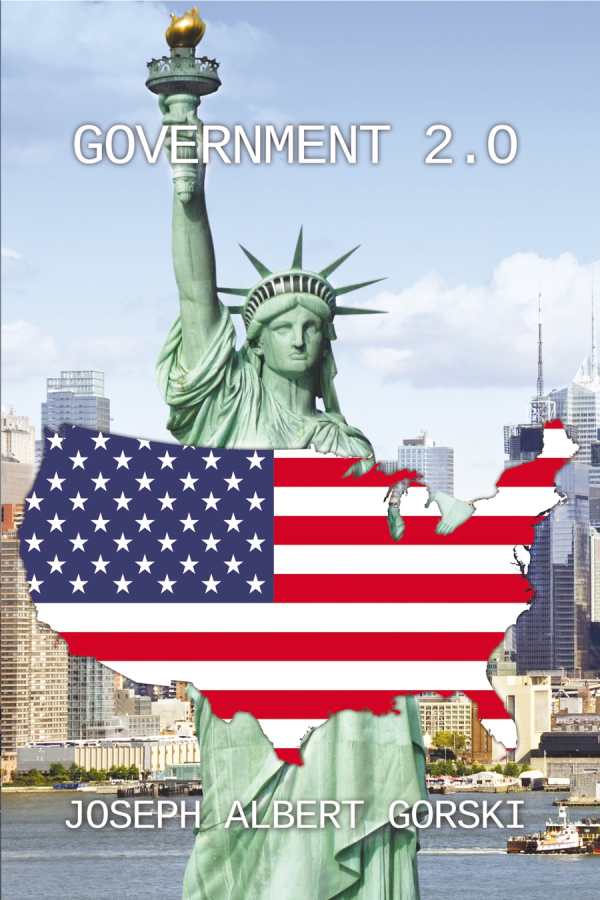Government 2.0
Government 2.0 is a political science manifesto about how America’s government can best serve its citizens.
Joseph Albert Gorski’s Government 2.0 is a personal statement about what’s wrong with the US’s government; it suggests means of fixing the problems it names.
Written from the perspective that the US government does not work for the vast majority of its citizens, the book argues that predatory banks and super wealthy people are propped up by the political system, while the working masses struggle under the weight of student debt, heavy taxes, and inflation. Urging swift action, Gorski pushes for government officials to respect individual privacy, hoping to empower citizens to pursue their own destinies with minimal interference.
Written between the 2012 and 2016 presidential elections, the book declares that excessive government interference is responsible for many of the US’s woes. However, thanks to new technologies like 3D printing and the internet, it says that individuals are gaining the power they need to circumvent government control. The book repeats these assertions as part of its urgent, emotional call to action.
Though the prose is straightforward and accessible, the book often speaks in vague, general terms. When it cites examples, it does so either without naming specific sources, or by naming sources that are questionable, as with Robert Kiyosaki, who has been criticized for promoting illegal methods. It also espouses conspiracy theories, as with the idea that President Kennedy tried to undercut the power of the Federal Reserve with silver certificates just before his assassination.
The book is idealistic about the power of its solutions. It suggests that everyone in America will agree with its proposals once they are properly educated about them, and that the entire country—and even the world—will become a utopia within a few years of their implementation. But in projecting this, it ignores the political rivalries that divide the United States, and the fact that such upheavals almost always involve a learning curve and resistance from opponents.
Many of the problems covered by the book, including America’s mounting debt, remain relevant, though, and some of the proposed solutions are even now coming into use, like legalizing drugs to reduce the prison population. However, there’s outdated information included, too, which limits the book’s persuasiveness. This is particularly true when it comes to the role of the internet in politics, which is suggested to be a net positive.
Some of the book’s predictions have already been disproved, as with the idea that remote work and learning would bring nothing but benefits; Covid-19 exposed the drawbacks of such a system. Still, the book will be of interest to those who study political history and are curious about political thinking and projections from the mid-2010s.
Government 2.0 is a political science manifesto about how America’s government can best serve its citizens.
Reviewed by
Eileen Gonzalez
Disclosure: This article is not an endorsement, but a review. The publisher of this book provided free copies of the book and paid a small fee to have their book reviewed by a professional reviewer. Foreword Reviews and Clarion Reviews make no guarantee that the publisher will receive a positive review. Foreword Magazine, Inc. is disclosing this in accordance with the Federal Trade Commission’s 16 CFR, Part 255.

